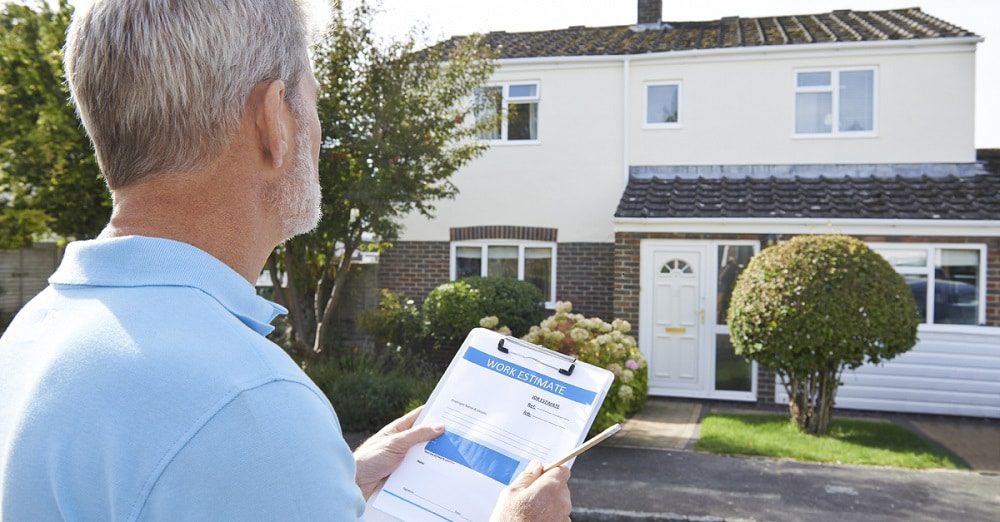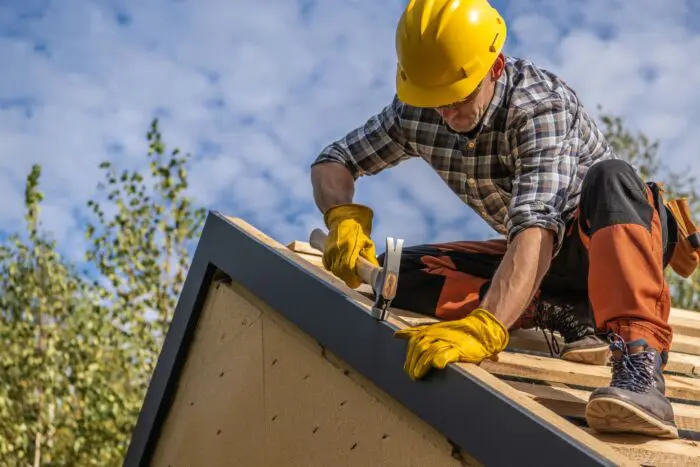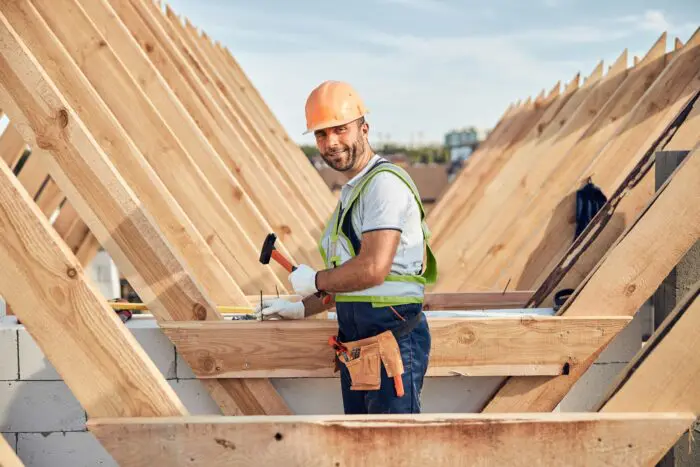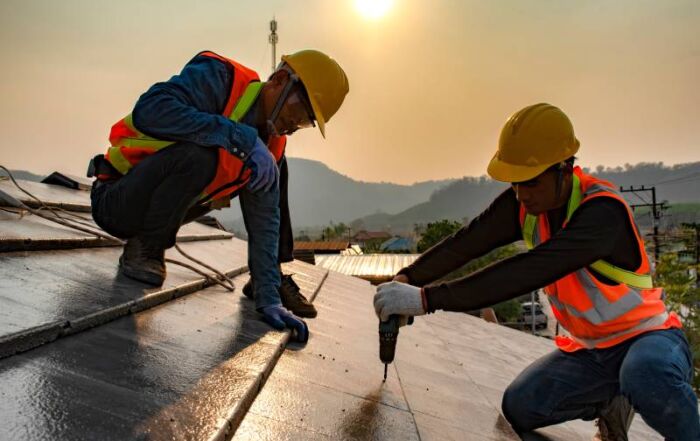
Date Posted:
July 28, 2022
Post Author:
Tim Kanak
Categories:
Roof Damage Insurance Claim: What Type of Roof Damage Is Eligible?
Most homeowners rely on their insurance provider to cover roof damage and related expenses through a roof damage insurance claim. However, not all damage is covered by insurance companies. When discussing roof damage in South Florida, many insurers are wary, largely due to the recent increase in hurricanes. This influx of natural disasters has led to massive losses for insurers, resulting in a surge of roof damage insurance claims.
This has also put homeowners in a tight spot, causing a huge increase in insurance rates.
Thankfully, the new homeowner insurance amendments in South Florida have reduced the burden that homeowners bear.
Standard Homeowner Insurance in South Florida
The standard homeowner insurance policy varies in the sense that no company’s specifications are the same. Hence, the need to pay attention and read every line thoroughly and go for what you deem best for you.
Typically, the homeowner insurance should cover your home repair or reconstruction cost and personal property loss suffered in the cause of the accident. The standard homeowner insurance covers dwelling which is where structural damage, your roof included, personal property, other structures which accommodate your garage if detached, personal liability, medical payments, and additional expenses.
Although roof damage is covered by the standard homeowner insurance in Florida, the requirements that qualify you for a claim are complex.
Roof Damage Covered by South Florida Insurance Policy
Ideally, roof damage caused by extreme weather conditions like tropical hurricanes and windstorms should be eligible for an insurance claim if your provider can find proof that the damage exists. However, the conditions attached by the new senate bill are different.
A partially damaged roof may qualify for an insurance claim, especially if the material is new. If the number of damage threatens the lifespan of the roofing material, your provider may decide it’s best to replace them entirely.
In Florida, for example, new roofs below ten years of age get a full replacement by your insurance provider, while those over ten years only get a reimbursement amount depending on the specific age and roofing material.
However, when your roof is ruled a total loss, you are eligible for a full replacement provided you file for a claim within two years.
In the new Senate Bill 2D, Governor Ron DeSantis ruled in favor of homeowners and required that insurance companies accept claims for roofs that are 15 years old or have up to 5 years before expiration. Such claims are not without terms and conditions.
Types of Damage Rejected by Insurance Companies in South Florida
Insurance companies in South Florida reject home insurance claims that are based on neglect and sometimes old age.
Wear and tear caused as a result of neglect does not count under the home insurance policy. An insurance provider would be right to deny such a claim because the damage could have been prevented with proper maintenance culture.
Similarly, an insurance company may not issue a policy or approve a claim for your old roof, seeing that the roof will need a replacement in a few years. For example, if your roof is already more than 15, there’s a chance that you will need to replace them in 3-4 years.
Also, if you used very expensive roofing material, confirm with your provider to be sure that your roof is not excluded from your insurance policy.
The Right Way to File an Insurance Claim in South Florida
Homeowners are often disappointed when their insurance provider rejects a claim. It can be frustrating, especially when you have put in so much maintenance work to keep your roof intact.
However, one cannot exactly blame your provider for seeing the state of the insurance industry in Florida over the years. According to several reports from insurance experts across Florida, insurance companies in Florida have been losing billions to claims so they will need supporting evidence before paying for a roof repair or replacement.
What does this mean for you? You have to be able to tie the damage to its true cause. In other words, document every storm or hurricane damage by taking sufficient pictures and keeping repair receipts. This will prove to your insurance provider that your roof damage wasn’t caused by a lack of maintenance.
Your provider will then go ahead to confirm your claim by sending an adjuster to inspect your roof. If they confirm that there is damage, they look into your estimate, scrutinize it and approve your claim.
Things to Consider Before and After Filing a Claim
1. Obey Building Codes
In South Florida, it’s crucial that your building adheres to the local building codes. These codes often specify the use of protective materials for constructing new houses and retrofitting older ones. By following these guidelines, homeowners can significantly reduce the chances of windstorm damage and subsequently the number of roof damage claims. If, for example, your roof is equipped with a hurricane strap, your insurance provider is more inclined to believe that any damage wasn’t a result of neglect.
2. Beware of Roofing Scams
To ensure you’re protected against roofing insurance scams in Florida, always choose approved roofing companies for installations. Many insurance experts have highlighted that these scams are major disruptors to the insurance sector in the state. The Senate Committee, led by Boyd, has introduced amendments to property insurance to protect homeowners against careless roofing contractors. It’s essential to know how to file a roof insurance claim properly because if an adjuster from your insurance company identifies that your roof’s damage stems from proper installation, they might deny your claim.
3. File a Claim Early
It’s important to understand how to file a claim with insurance for roof damage without delay. The sooner you initiate the roof damage insurance claim process, the better your chances of approval. Waiting too long can make it easier for the insurance company to deny your claim.
4. Avoid Further Damage
In the aftermath of the initial damage, it’s crucial to take steps to prevent any further damage. Insurance providers are less likely to cover damages that could have been avoided. Remember, when you’re considering how to file a roof insurance claim, it’s not just about initiating the claim, but also ensuring you’ve done your part in maintenance.
Takeaway
While your South Florida property may comply with all building codes, it remains vulnerable to the devastating effects of hurricanes and wind storms. Roof damage is almost inevitable, leading to the need for a roof damage insurance claim. To navigate this situation effectively, it’s crucial to implement a proactive maintenance plan and retain all repair receipts.




